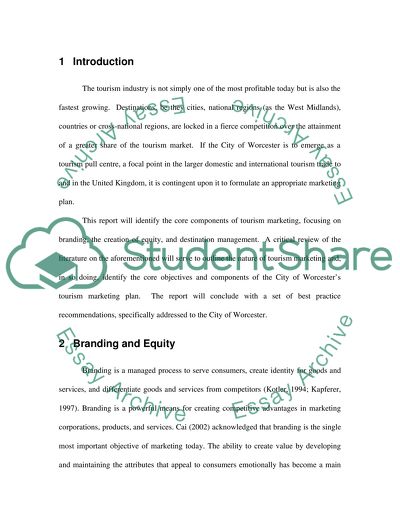Cite this document
(City of Worcester in the United Kingdom Term Paper, n.d.)
City of Worcester in the United Kingdom Term Paper. Retrieved from https://studentshare.org/tourism/1507251-city-of-worcester-report
City of Worcester in the United Kingdom Term Paper. Retrieved from https://studentshare.org/tourism/1507251-city-of-worcester-report
(City of Worcester in the United Kingdom Term Paper)
City of Worcester in the United Kingdom Term Paper. https://studentshare.org/tourism/1507251-city-of-worcester-report.
City of Worcester in the United Kingdom Term Paper. https://studentshare.org/tourism/1507251-city-of-worcester-report.
“City of Worcester in the United Kingdom Term Paper”, n.d. https://studentshare.org/tourism/1507251-city-of-worcester-report.


